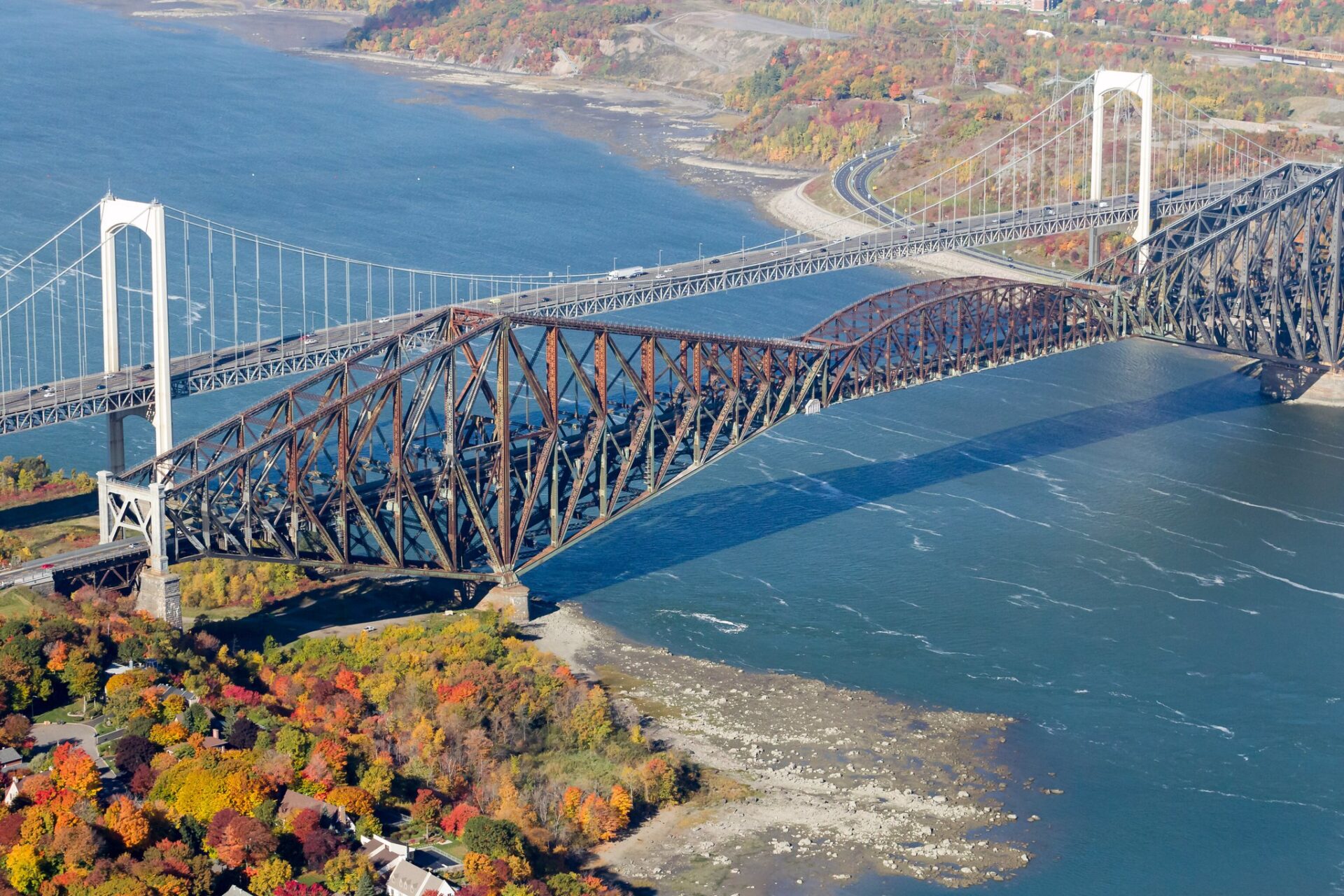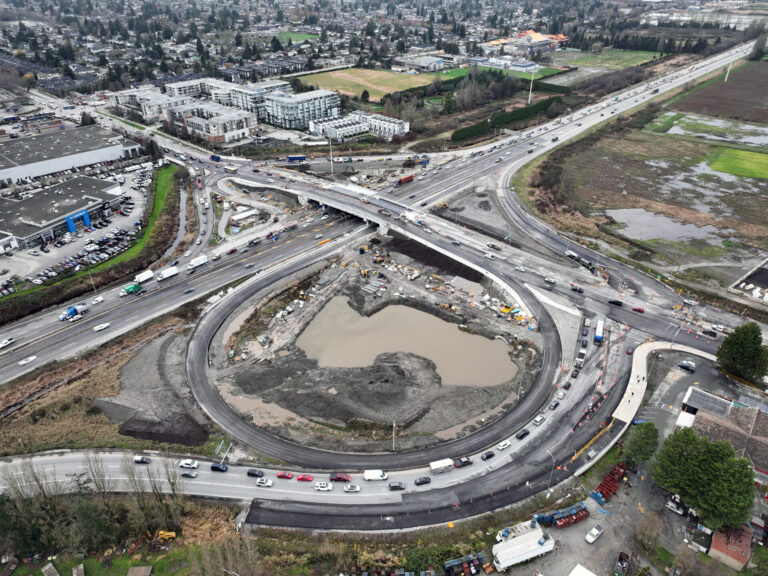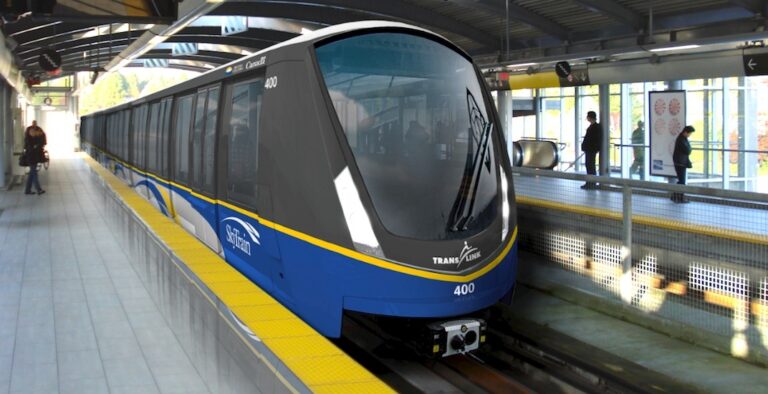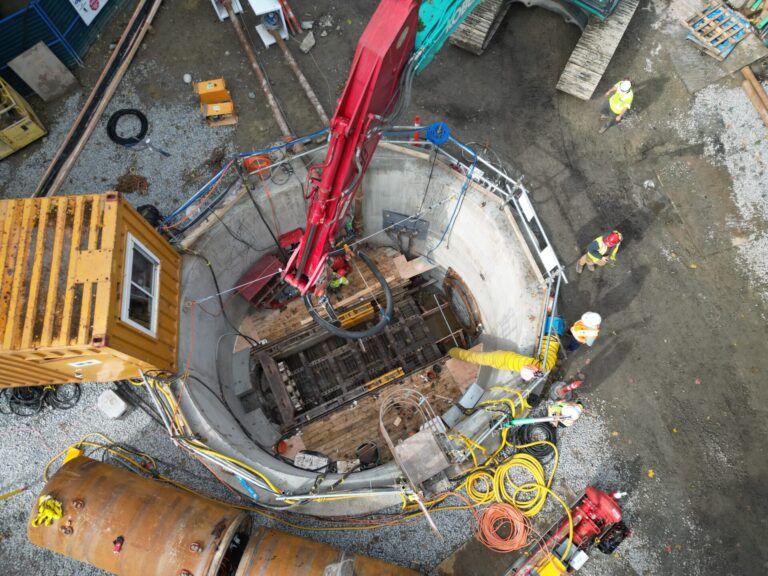CSA Group has released the first bridge design code in Canada to provide engineers with guidance on designing for future risks of climate change.
CSA S6:25, Canadian Highway Bridge Design Code, is the 13th edition of the Code, and the first edition to use predictive modelling to account for future climate change risks. It establishes consistent national direction to help ensure bridges across Canada are safer and more reliable now and into the future.
Canada is warming at two to three times the global average, putting vital infrastructure like bridges at greater risk. For decades, bridge designs were based on historic climate data, much of it from the 1960s, under the assumption that conditions would remain stable. With over 50,000 publicly owned bridges in Canada, engineers must plan for future realities such as higher temperatures, stronger windstorms, sea level rise and higher river flows.
“Bridges are long-term investments in our communities and our economy,” said Dwayne Torrey Director of Construction and Infrastructure Standards at CSA Group. “This new code gives engineers the tools they need to design infrastructure that anticipates evolving environmental impacts. By building climate-ready bridges today, we can help keep people safe, goods moving, and communities connected for decades to come.”
Highlights of CSA S6:25 include:
- Climate-resilient design guidance: A national standard that helps engineers adapt bridge designs to a changing climate.
- Use of predictive climate modelling: Tools to plan proactively for risks such as flooding, ice buildup, and stronger storms.
- Focus on long-term performance: Design approaches intended to extend bridge lifespans, reduce repair costs, and minimize disruptions.
By establishing a clear national standard, CSA S6:25, Canadian Highway Bridge Design Code equips engineers to build bridges that are not only safer and more reliable today, but also more resilient to the climate realities of tomorrow.
Featured image: (JCCBI)












